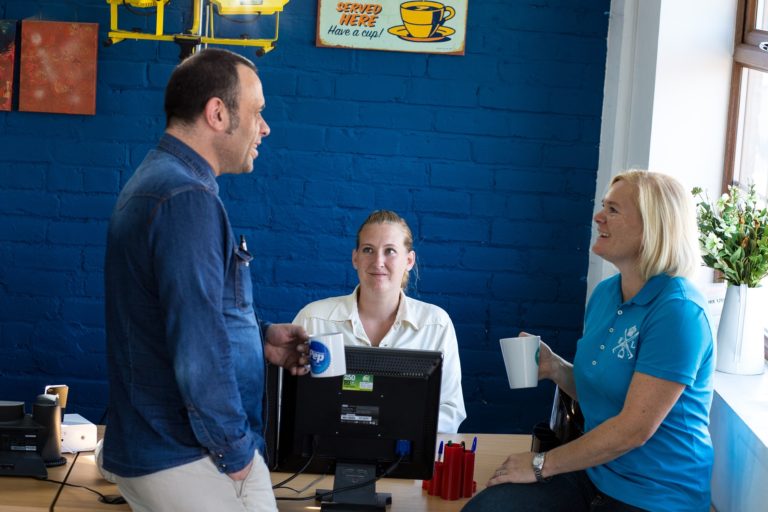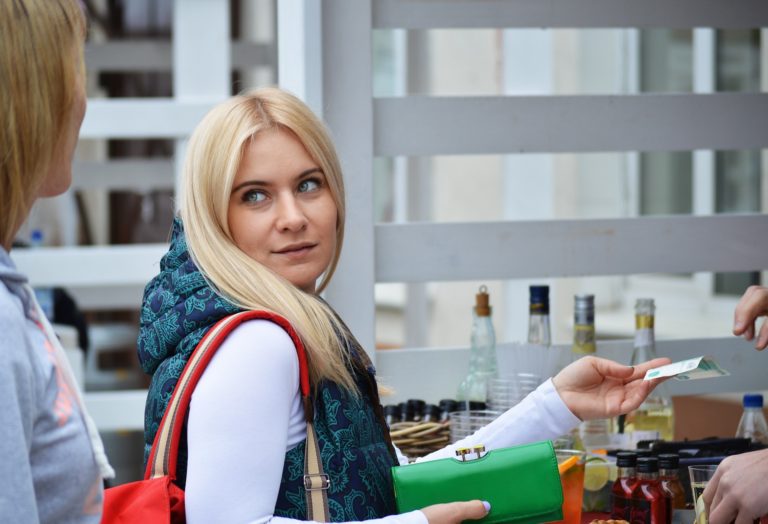Boiled, Simmered, or Steamed? Essential Vocabulary for Cooking Methods
Do you consider yourself to be a whizz in the kitchen? Are you hungry for knowledge? We hope you are because today we are going to explore the wonder of cooking vocabulary. We will look at water-based, frying, and oven methods, as well as grilling. There are plenty of unique ways to transform your fantastic ingredients into a delicious and heartwarming meal. Whether you are putting together a quick lunch for yourself or whipping up a spectacular feast for friends and family, we’ve got you covered. Let’s dig in!
See also: Kitchen and Cooking Vocabulary You Should Know
Water-based Methods
- Boil
Boiling involves cooking food in very hot liquid, specifically at 100°C. The liquid is usually water or soup stock. Some of the most popular boiled dishes include noodles, potatoes, eggs, and eggs.
E.g., “When making mashed potatoes, you need to boil the potatoes for 30 minutes first.”
- Simmer
Simmering is similar to boiling, but it happens at a lower temperature of approximately 90°C. This technique is useful when we want to cook something for a long time to achieve maximum tenderness without overcooking it. Some dishes include stews, sauces, and soups.
E.g., “If you are making a sauce that contains alcohol, such as red wine or vodka, you need to let it simmer for 20 minutes so it can reduce.”
- Poach
Poaching happens at an even gentler temperature than simmering, at approximately 70°C. Poaching is useful when you want your ingredients to keep in moisture and not dry out. For example, you could poach chicken meat for a soup, and it will turn out much less dry than if you boiled it at high temperatures. A famous poached dish is a poached egg, which is often served on top of avocado toast.
E.g., “Poached eggs have significantly increased in popularity in recent times, especially as a breakfast food.”
- Steam
Steaming involves cooking ingredients using the steam that is produced by boiling water. The ingredients do not come into contact with the water itself, only the vapor. Steaming is considered a healthier alternative to other methods that use oil. Some dishes include dumplings, salmon filets, and steamed broccoli.
E.g., “People who are trying to lose weight often opt for steamed vegetables instead of french fries.”
See also: 10 Food-Related Idioms
Frying Methods
- Pan-fry
Pan-frying is an extremely common technique that cooks food in a hot pan with a little bit of oil or fat. The result is often a crispy and golden outer layer forming on your ingredients while the inside remains tender. Popular dishes include sunny-side-up eggs, fish filets, and scallops.
E.g., “Pan-fried chicken breasts are a fast and easy dish to make on busy weekday evenings.”
- Deep-fry
Unlike pan-frying, which uses just a bit of oil, deep-frying needs much more oil. For food to be deep-fried, it must be fully submerged in the oil. Deep-fried foods are often greasy and tend to be quite unhealthy due to the high-calorie content of the oil. On the other hand, they are also crunchy and a favorite comfort food for many. For example, tempura, potato chips, and french fries are all deep-fried.
E.g., “Kentucky Fried Chicken is known across the globe for its delicious deep-fried chicken seasons with their secret blend of herbs and spices.”
- Stir-fry
Stir-frying is like pan-frying, except you must constantly stir the contents of your pan (or, for most Asian dishes–your wok). This is because you do not want your food to burn or even form a crispy layer. You simply want to quickly cook it over very high heat using a minimal amount of oil. Popular dishes include pad thai, egg fried rice, and chow mein.
E.g., “Stir-frying is most common in Asian cuisine, especially for noodle and rice-based dishes.”
- Sauté
Sautéing is very close to stir-frying. One key difference is that sautéing can take a little bit more time since it is done on a lower heat than stir-frying. This word comes from the French “sauté,” meaning “jump.” This is because the food metaphorically jumps around your pan as you mix it. We usually use sautéing more frequently when referring to Western cuisine.
E.g., “An easy way to cook a delicious seafood dish is to sauté shrimp in garlic butter for a few minutes.”
- Sear
Searing is a special technique where the purpose is to create a crispy texture or lock in juices, not specifically for cooking the ingredient all the way through. This can be achieved by placing your ingredients on a hot pan with oil for just a couple of seconds. Some dishes include seared salmon sushi and seared chicken breast finished in the oven.
E.g., “Upscale restaurants will often sear their scallops to create a beautiful golden exterior.”
- Flambe
Flambéing is another technique that we have learned from the French. Literally meaning “set on fire,” this is an impressive yet difficult-to-master cooking skill. It involves pouring alcohol over a dish and setting it on fire, often to create a caramelized coat on desserts. Dishes that use this technique include steak Diane, coq au vin, and Christmas pudding.
E.g., “Except for creating a yummy and crunchy coating, flambéing is often used to provide a dramatic wow factor for the diners.”
Oven Methods
- Bake
The most popular cooking method associated with ovens is baking. Baking cooks your food at a high and dry temperature of 175°C. This method usually takes a long time. Moreover, baking is the predominant technique for making bread and any kind of dessert made of dough or pastry. Some examples are cookies, bread, and potatoes.
E.g., “My grandmother bakes the most incredible chocolate chip cookies around the holidays that make the whole house smell sweet.”
- Roast
Roasting is essentially the same technique as baking, except it is done at temperatures between 200°C and 220°C. The higher heat allows the dishes to brown and crisp up nicely, so this method is typically used for meat. A famous example is a roasted Thanksgiving turkey that Americans love to make for this special holiday.
E.g., “I am hosting Christmas dinner this year for my family, so I am roasting a whole chicken in the oven right now.”
- Broil
Broiling exposes food to the intense heat of around 260°C radiating from above. This allows the food to cook very quickly and can be a useful technique to add finishing touches to a dish.
“When I was younger, my mother would broil mac and cheese with extra cheese on top to create a crispy top layer.”
- Braise
Braising is a combination of frying and simmering. First, the food is lightly fried. After that, it is left to simmer in the oven in a little bit of liquid in a pot. Due to the amazing tenderness this method achieves, it is a popular choice when making ribs.
E.g., “Many professional chefs agree that braised meats turn out much softer than meats cooked using other methods.”
We have reached the end of our cooking exploration. We hope you enjoyed this delicious breakdown and that it has further developed your appetite for language studies. From hearty, simmered stews to crispy seared fish, you will have no trouble using English in the kitchen. Happy cooking adventures!







